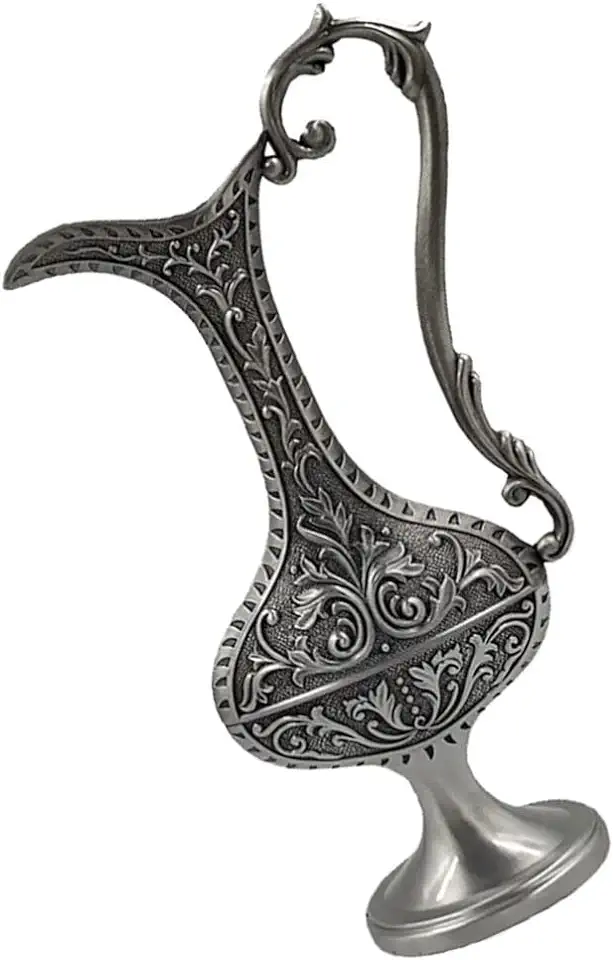
Rami: Textile and Forage Plant - Romeu Benatti Junior
Rami: Textile and Forage Plant
Introduction
Rami, also known as China grass or rhea, is a versatile plant that has been cultivated for centuries for its strong fibers and nutritious forage. This book provides a comprehensive overview of rami, from its history and botany to its cultivation, processing, and utilization.
History and Botany
Rami is a member of the Urticaceae family, which also includes nettles and hemp. It is a perennial plant that can grow up to 10 feet tall. The stems are slender and branched, and the leaves are lance-shaped and serrated. Rami is native to Asia, but it has been introduced to other parts of the world, including Africa, Europe, and the Americas.
Cultivation
Rami is a relatively easy plant to grow. It can be grown in a variety of soils, but it prefers well-drained, fertile soil. The plant is also tolerant of drought and pests. Rami is typically grown from seed, and it can be harvested multiple times per year.
Processing
The fibers of rami are extracted from the stems of the plant. The stems are first retted, which is a process of soaking them in water to loosen the fibers. The fibers are then scutched, which is a process of beating them to remove the woody material. The fibers are then washed and dried.
Utilization
Rami fibers are used to make a variety of products, including textiles, paper, and rope. The fibers are strong and durable, and they have a natural luster. Rami textiles are often used for clothing, bedding, and table linens. Rami paper is strong and durable, and it is often used for banknotes, maps, and other important documents. Rami rope is strong and resistant to rot, and it is often used for marine applications.
Forage
Rami is also a valuable forage crop. The leaves and stems of the plant are high in protein and other nutrients, and they are readily eaten by livestock. Rami forage can be used to improve the quality of pastures and to provide supplemental feed for animals.
Conclusion
Rami is a versatile plant with a wide range of uses. It is a strong and durable fiber crop, and it is also a valuable forage crop. This book provides a comprehensive overview of rami, from its history and botany to its cultivation, processing, and utilization. If you are interested in learning more about this versatile plant, then this book is a must-read.
Benefits of Rami
There are many benefits to growing and using rami. Some of the benefits include:
- Rami is a renewable resource.
- Rami is a sustainable crop.
- Rami is a versatile plant with a wide range of uses.
- Rami is a strong and durable fiber crop.
- Rami is a valuable forage crop.
- Rami is a low-maintenance crop.
- Rami is a drought-tolerant crop.
- Rami is a pest-resistant crop.
Conclusion
Rami is a versatile plant with a wide range of benefits. It is a renewable resource, a sustainable crop, and a low-maintenance crop. Rami is also drought-tolerant and pest-resistant. If you are looking for a plant that can provide you with a variety of benefits, then rami is a great option.